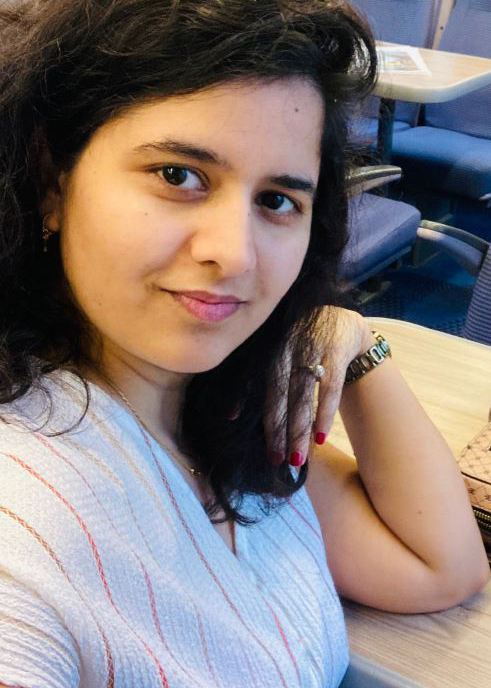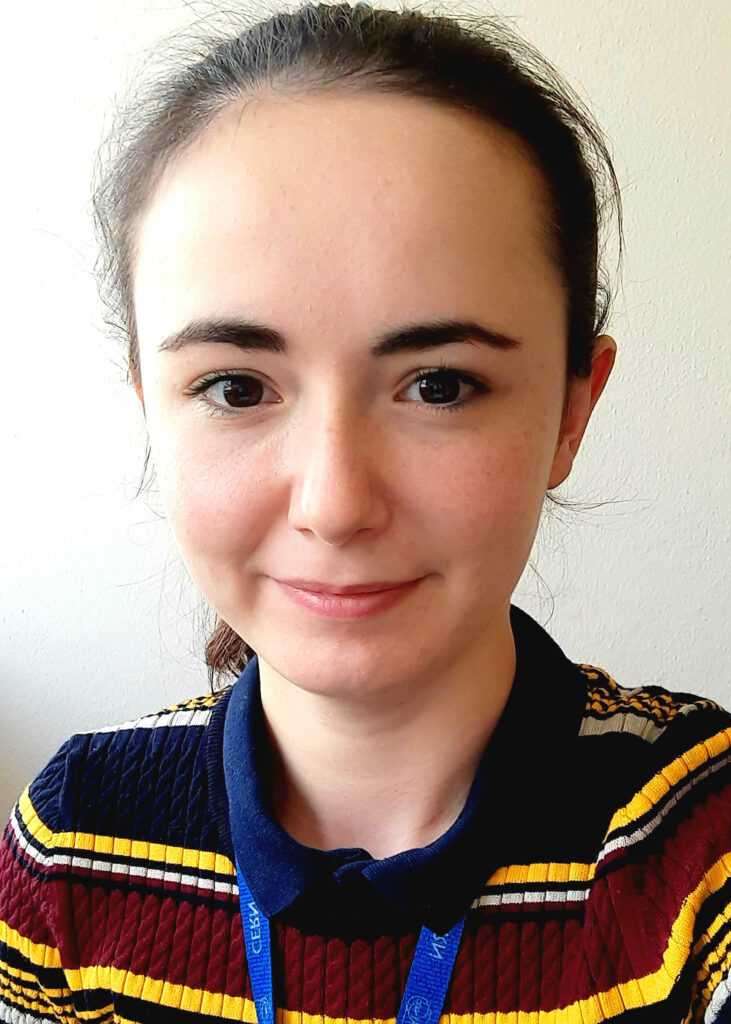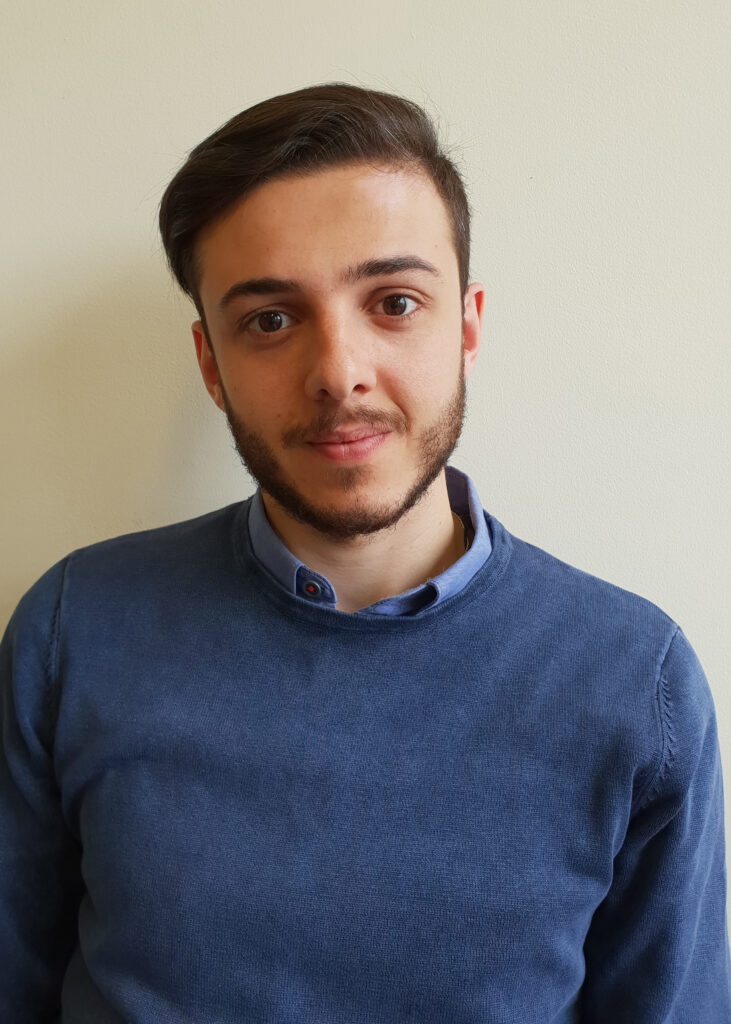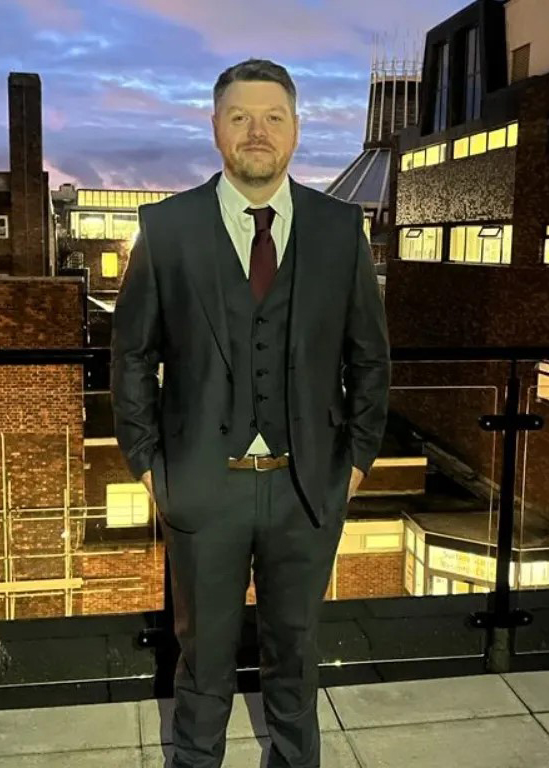The last few months have seen a number of PhD students from the Cockcroft Institute completing their thesis and taking a step forward in their research careers.

Dr Monika Yadav from the University of Liverpool has successfully completed her PhD thesis on ‘Modelling betatron radiation for diagnostics at FACET-II using machine learning algorithms’. She was awarded a PhD degree on 9th May 2023.
Monika’s work focused on new numerical methods, spectrometer hardware designs, and beam parameter and spectrum reconstruction methods for betatron radiation. A photon spectrometer was built at FACET-II to measure betatron radiation. Measuring the beam’s emitted betatron radiation can be valuable in studying the matching dynamics.
This spectrometer will detect high-energy photons from Compton scattering and pair production methods. In both cases, the performance of maximum likelihood estimation (MLE), neural networks, and a hybrid approach combining the two are compared.
Collaborating with physicists and experts from Liverpool University, Daresbury Laboratory, the QUASAR Group, and UCLA, the work was applied to FACET-II. Monika worked closely with supervisors Prof Carsten Welsch and Dr Oznur Apsimon during her PhD.

Dr Ruth Peacock from Lancaster University passed her PhD viva in May. Ruth was based in CERN for her PhD after spending 6 months in Lancaster.
Her PhD thesis was on “Experimental Investigation of Vacuum Breakdown Triggering Mechanisms in a DC Electrode System” which was initially part of CLIC then became focused on studying the conditioning process for different materials under the influence of H- irradiation as part of the Linac4 RFQ at CERN. The external examiner was Marek Jacewicz from Uppsala University, and Rosa Letizia was the internal examiner.
Ruth workded closely with supervisors Dr Walter Wuensch (CERN) and Prof Graeme Burt (Lancaster University).

In February, Dr Bruno Galante has successfully defended his PhD thesis on ‘Characterization studies of carbon nanotubes as cold electron field emitters for electron cooling applications in the Extra Low ENergy Antiproton (ELENA) ring at CERN’, with Dr David Martin (University of Liverpool) and Dr Jeremy Sloan (University of Warwick) as examiners.
Bruno’s project involved simulations of the electron source performance, as well as experimental studies for a full characterization of the emitted electron beam. Carbon nanotubes, a novel material known for its ability to reach low field emissions, were optimized and investigated for durability to develop a suitable alternative source for cold electrons. Improved electron cooling will help to increase the number of available antiprotons for further studies and experiments.
Bruno’s project was carried out within the AVA network and based at CERN; he was supervised by Dr Gerard Tranquille (CERN) and Prof Carsten P Welsch (University of Liverpool).

Dr Steve Padden successfully completed his PhD thesis on ‘Complete end-to-end simulations of antiproton transport, degrading and early trapping’, in February this year.
Steve’s work focussed on the transport and delivery of antiprotons into catching traps, taking novel approaches to accelerator physics using minimisation routines for transfer lines, coupled with density functional theory and molecular dynamics for degrader foil simulations.
The work undertaken represents a realistic simulation of antiproton transport and degradation from point of decelerator ejection until experimental capture, with the simulated transfer line exhibiting minimal losses throughout transport, resulting from the minimisation routine.
Collaborating with physicists and experts from Liverpool University, Daresbury Laboratory and of course the Quasar Group, the work was applied to transfer lines located at CERN within the AD-ELENA complex, carrying antiprotons from ELENA to experimental handover.
Steve worked closely with supervisors Prof Carsten Welsch, Dr Petteri Pusa and Dr Egidijus Kukstas during his PhD, approaching the work under study via a number of diverse methods.
